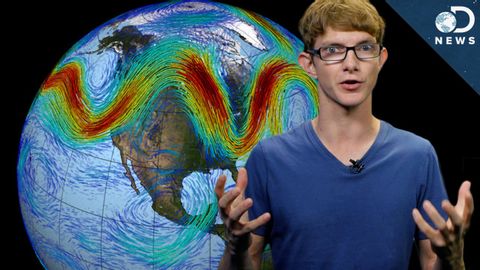
字幕と単語
動画の中の単語
pressure
US /ˈprɛʃɚ/
・
UK /'preʃə(r)/
- n. (c./u.)重圧 : プレッシャー;圧力;説得;プレッシャー;圧力 (物理);圧力 (印刷);時間的プレッシャー;政治的圧力;血圧
- v.t.圧力をかける;強く説得する
A2 初級TOEIC
もっと見る sound
US /saʊnd/
・
UK /saʊnd/
- adj.理にかなった : 安心できる : 信頼できる;(眠りが)十分な : 深い;(土台が)しっかりした : 堅固な : 安定した;(心が)健康な : 健全な;妥当な : 穏当な
- n. (c./u.)(固有の特徴をもつ)音楽のスタイル : サウンド;(空気中 : 水中の)音波
- v.i.~のようである : ~だと思われる;鳴る : 音を出す
- v.t.発音する : 音を出す
A1 初級TOEIC
もっと見る エネルギーを使用
すべての単語を解除
発音・解説・フィルター機能を解除
